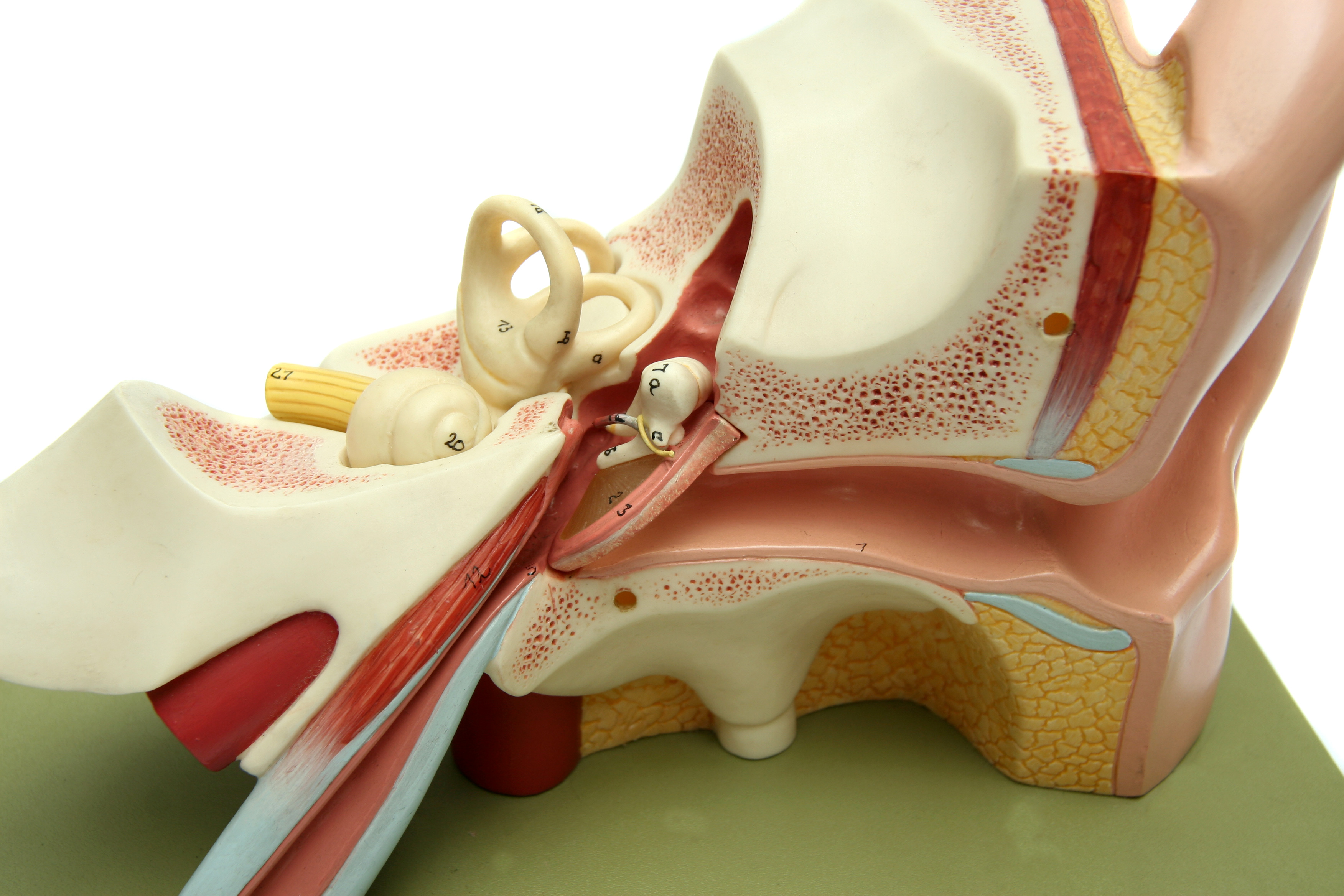
WEDNESDAY, April 2, 2014 (HealthDay News) — Don’t toss out your salt shaker just yet: A new analysis from Denmark finds current recommended salt guidelines may be too low.
The new research indicates that Americans consume a healthy amount of salt, even though daily averages exceed recommendations from the U.S. Centers for Disease Control and Prevention.
“For most people, there is no reason to change their dietary habits concerning salt, as most people eat what appears to be the safest amount,” said review author Dr. Niels Graudal, a senior consultant at Copenhagen University Hospital in Denmark.
For the study, published April 2 in the American Journal of Hypertension, researchers analyzed 25 prior studies. They found that low levels of salt consumption may be linked with a greater risk of death.
The study actually shows that both too much salt and too little are harmful, said Graudal.
“Salt intake above 12,000 mg [milligrams] is associated with increased risk of cardiovascular disease and mortality,” he said.
At the other end of the spectrum, too little salt is associated with the same increased risks, Graudal added.
The safest range? Between 2,645 and 4,945 mg of salt a day, the study authors said. And most of the world’s populations consume that amount, according to background information in the study.
The new analysis contradicts current public health policy in the United States, but is unlikely to change it.
The CDC stands by its recommendation for less than 2,300 mg of salt per day for healthy people under 50, and less than 1,500 mg per day for most people over 50, an agency representative said.
“Nearly everyone benefits from reduced sodium consumption,” said Janelle Gunn, a public health analyst in the CDC’s division for heart disease and stroke prevention. “Ninety percent of Americans exceed the general daily recommended sodium intake limit of 2,300 mg, increasing their risk for high blood pressure, heart disease, and stroke.”
Reducing salt intake to the level currently recommended for the general population would prevent tens of thousands of heart attacks and strokes annually, Gunn said.
High-salt diets can lead to high blood pressure and stroke. Stroke is a leading cause of death and disability in the United States.
What is too much salt or too little is a matter of debate, said Samantha Heller, a senior clinical nutritionist at NYU Langone Medical Center in New York City.
“However, the salt argument is really all about balance. The reality is few people have any idea how much salt they consume in a day,” Heller said.
“This study highlights the fact that too much or too little salt can affect the physiological functions of the body and increase the risk of death,” she added.
About 80 percent of Americans’ dietary salt comes from processed foods, including bread, cold cuts and pizza as well as restaurant foods and prepared frozen foods, Heller said.
“I like the idea of taking control of how much salt is in the foods we eat by preparing most of our food at home, rather than leaving the salt content up to food companies or restaurants,” Heller said.
The studies Graudal and colleagues reviewed included nearly 275,000 people.
They found a correlation between salt intake and health outcomes. Deaths increased when daily consumption was less than 2,645 mg or above 4,945 mg. So both excessively high and low consumption of salt were associated with reduced survival.
But the researchers found little or no variation in death when people kept their salt intake within that daily range.
The study authors said their findings provide a response to a U.S. Institute of Medicine report issued in 2013 that concluded there is scant evidence on what is too much or too little salt.
More information
Visit the U.S. Centers for Disease Control and Prevention for more on recommended salt intake.
Copyright © 2024 HealthDay. All rights reserved.

